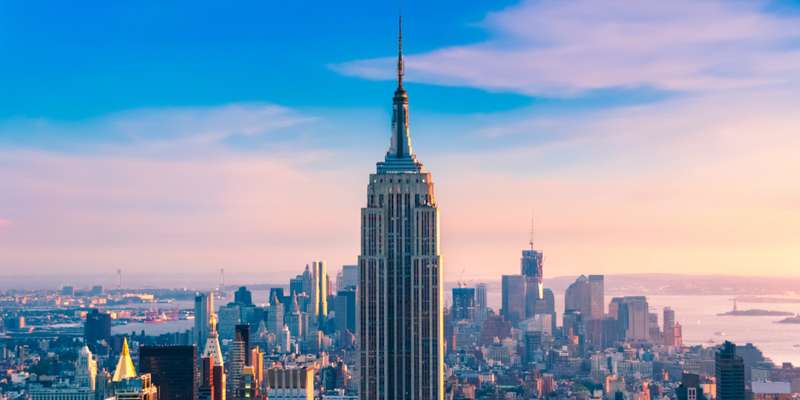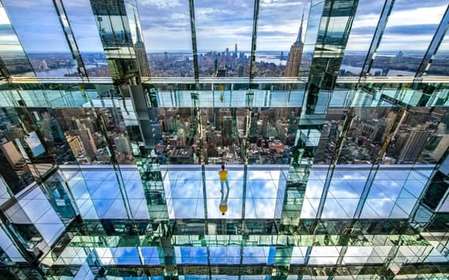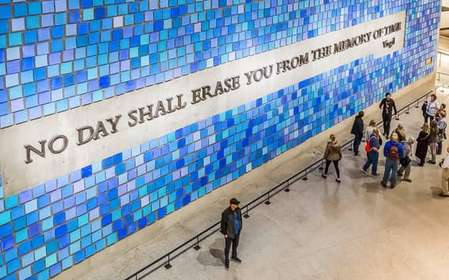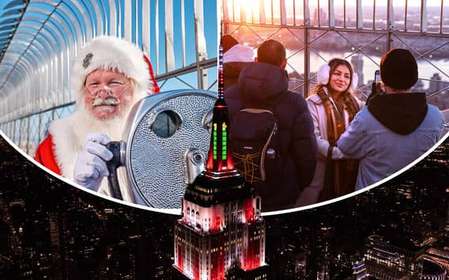- Home
- Useful Tips
- Finding the best views from the...
Over 4 million visitors crowd the Brooklyn Promenade annually, yet most miss its hidden vantage points and ideal timing. The frustration is palpable – travelers jostle for the same crowded railings, only to leave with mediocre photos and missed golden hours. What few realize is that this iconic walkway holds layered perspectives, from dawn's quiet magic to midnight's glittering spectacle. Local residents guard secrets about wind-protected benches, architectural framing tricks, and how tides alter the harbor's mood. Without this knowledge, you risk joining the 63% of visitors who report leaving unsatisfied with their experience, according to Brooklyn Tourism Board surveys. The Manhattan skyline deserves more than a hurried snapshot between tour groups – it demands the right angle, the perfect light, and space to breathe.


Avoiding the crowds without missing prime views
The Promenade's busiest stretch between Clark and Orange Streets absorbs 80% of foot traffic, yet equally stunning perspectives lie just 3 minutes north near Remsen Street. Locals favor this quieter zone for its unobstructed Statue of Liberty sightlines and angled views of the Brooklyn Bridge's stone arches. Come before 8am to claim the iron-wrought benches where morning light paints One World Trade Center in rose gold. Night owls find equal solitude after 10pm when the Financial District's glowing grid mirrors the stars. Should midday visits be unavoidable, position yourself near the staircases – their elevation cuts through pedestrian clusters while offering downward river vistas most miss. These subtle shifts in positioning transform a frustrating shuffle into a personalized urban panorama.
Golden hour secrets for photographers
While sunset draws masses to the western railings, professional shooters know the Promenade's true magic unfolds 40 minutes earlier. The 'blue hour' before dusk bathes skyscrapers in cool tones that make artificial lights pop dramatically. For tripod users, the granite ledge near Montague Street provides vibration-free stability. Smartphone photographers should seek the curved overlook near Pierrepont Place, where the railing's design creates natural framing. November through February offers a rare bonus – the sun sets directly behind the Statue of Liberty around 4:30pm, creating a halo effect visible only from the Promenade's southern third. Local artists recommend shooting through the Promenade's trees in autumn; their crimson leaves add depth to skyline compositions while diffusing harsh sunlight.
Weather-proof viewing strategies
Don't let forecasts deter you – fog transforms the Promenade into an ethereal stage where towers emerge like ghosts from the mist. The key is positioning: during summer showers, the covered arcade near 30 Grace Court provides shelter while maintaining river views. Winter winds feel less brutal near the Hotel St. George's Art Deco facade, which funnels breezes upward. For snowy days, the heated benches at Squibb Park Bridge (just south of the Promenade) offer warmth with elevated sightlines. Locals keep an eye on harbor traffic too; arriving cruise ships add dynamic elements to photos, with the Queen Mary 2 creating particularly dramatic scale against lower Manhattan. These adaptive techniques ensure memorable visits regardless of conditions.
Beyond the railings – immersive experiences
The Promenade reveals hidden dimensions when paired with its surrounding neighborhood. Start at the Brooklyn Historical Society to understand how the waterfront evolved, then time your walk with the seasonal 'Tidal Flux' art installations along the piers. For an unconventional perspective, descend the newly renovated Squibb Park Bridge's zigzag ramps – their gradual 60-foot drop offers a cinematic reveal of the skyline. Nearby, the rooftop of 1 Hotel Brooklyn Bridge grants eagle-eye views (accessible via their lobby lounge purchase), while the barges at Brooklyn Bridge Park provide moving vantage points. True insiders end their stroll at the hidden garden of St. Ann's Warehouse, where ivy-covered walls frame a postcard-perfect slice of downtown Manhattan.



